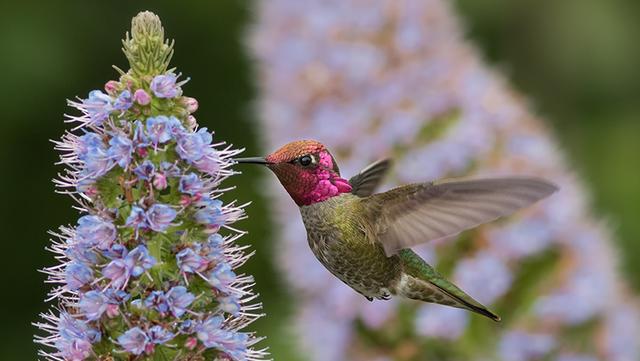
Looking Ahead: 5 Spring Blooming Plants to Add to Your Property
Adding these flowers to your property fights the winter blues and prepares your landscape for warmer weather

While we can’t make winter end sooner, we can make spring feel a little closer. Planning now for your spring blooms will help you beat the winter blues and ensure a vibrant landscape when the weather warms. Consider these five choices:
Hellebores
Looking for a plant that blooms as soon as we have a “warm winter day?" Look no further than the Hellebore. Also known as Christmas Rose or Lenten Rose, the 12-inch tall plants have 12-inch wide leathery green leaves that protect the flower buds in the center of the plant. Come January, February, and March, the large, waxy flowers emerge from the center to provide a beautiful bouquet in various shades of white, pink, purple, and mixed colors. Hellebores prefer a semi-shaded location with uniform moisture and require little maintenance. They have few, if any, insect or disease problems, and only require removal of old foliage in the spring before new foliage emerges.
Arnold Promise Witch Hazel
Arnold Promise Witch Hazel’s unusual appearance will turn heads and bring eye-popping curb appeal. In late winter or early spring, the shrub produces brilliant golden-yellow, citrus-scented flowers. Come fall, it displays vibrant red, orange, and yellow foliage. It’s a carefree plant with no insect or disease problems, and makes an excellent choice for borders or transition zones. If planted in the right sunny to semi-sunny location, it may not even require pruning. Expect slow to moderate growth and a size of approximately 5-feet wide to 10-feet tall.
Snow Fountain Cherry Tree
This compact tree packs a visual punch many times its size. The Snow Fountain is a weeping cherry tree that only grows to 6-feet tall and 8-feet wide. Beautiful pink buds precede masses of spectacular, white, cascading flowers that jubilantly announce the arrival of spring. Summer brings red ornamental fruit. This hardy tree is very insect and disease resistant and grows well in a full sun location with well-drained soil.
Snowmound Spirea
Like its name suggests, Snowmound spirea produces 3-foot cascading mounds of white flowers in late spring. Snowmound spirea transitions beautifully to summer, with attractive light and dark green foliage that lasts all season. The plant is easy to care for and no pruning is required, though removing stems that are two years or older at the base of the plant each winter is recommended. Primarily used in mass planting or hedges, Snowmound spirea does best in a full sun location with well drained soils.
Dwarf Forsythia
Don’t be intimidated by the name. While forsythia can grow to 10-feet tall by 20-feet wide, there are varieties that only grow 2- to 3-feet tall. Dwarf forsythia have the same great qualities of big forsythia, but in a small package. Varieties like Tidal Wave, Show Off Starlet, and Show Off Sugar Baby make excellent choices. To maximize the blooms, plant in well-drained soil with full sun.




